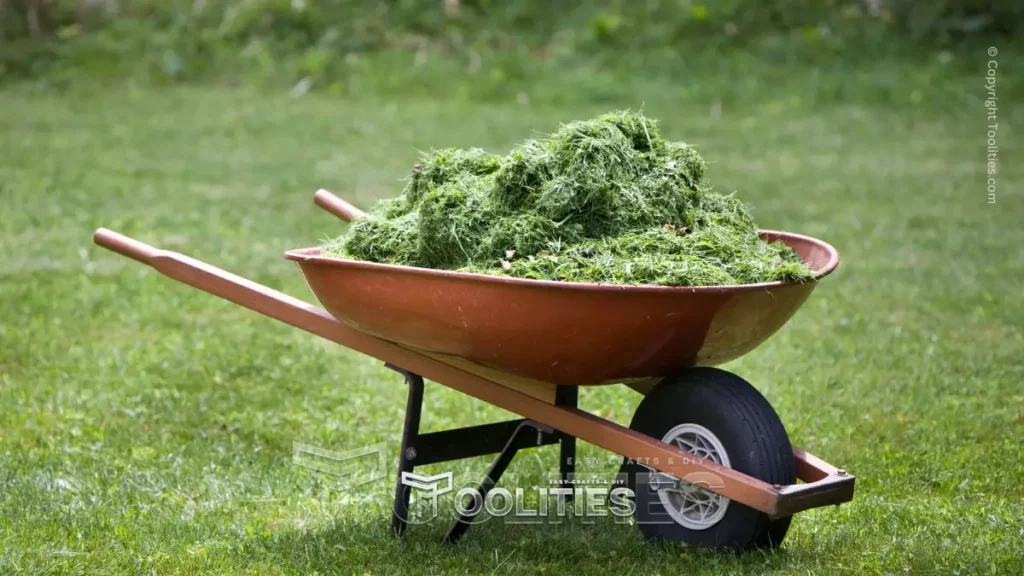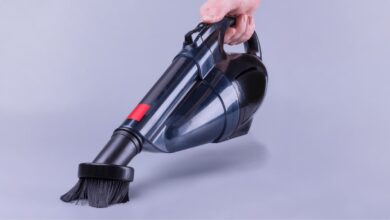How Often to Mow Lawn: Tips for a Healthy Lawn
Maintaining a healthy lawn can be a challenging and time-consuming task, but one of the most important factors to consider is how often to mow lawn. Regular mowing helps promote healthy growth, enhance the appearance of your landscape, and keep pests at bay. In this article, we will discuss the best practices for mowing your lawn and answer some of the most commonly asked questions about lawn care and maintenance.
Why Is Lawn Mowing Important?
Maintaining Lawn Health

Keeping your lawn properly maintained plays a key role in ensuring its overall health. Regular mowing helps your grass grow thicker and remain resistant to weeds and pests. When you leave your grass to grow too long, it can become weak and leave it vulnerable to disease, weed infestations, and other negative factors.
Keeping Pests at Bay
Your lawn and landscape can attract a variety of pest insects, such as mosquitoes, chiggers, and ticks. Regular lawn mowing will help reduce the opportunities for these pests to breed and feed in your yard. Mowing frequently will also help keep your lawn free of debris and other hiding spots for pests.
Enhancing Aesthetics
A well-manicured lawn is not only healthy, but it adds significant aesthetic value to your landscape. A neatly trimmed lawn is essential when it comes to creating a beautiful outdoor space. Cutting your grass regularly keeps it looking tidy and well-kept.
How Often to Mow Lawn?
Having a lush and healthy lawn is one of the most rewarding aspects of homeownership. However, maintaining your lawn can be a daunting task, especially when it comes to mowing. Mowing your lawn regularly not only keeps it looking neat and tidy, but also promotes healthier grass growth.
But how often to mow lawn? The answer isn't always straightforward as different factors such as weather conditions, seasonality, and grass type can affect the frequency of mowing. In this article, we will explore these factors in depth to help you determine the ideal mowing schedule for your particular lawn. Whether you're a seasoned gardener or a novice homeowner, this guide will provide valuable insights into achieving a beautiful and healthy lawn through proper mowing practices.
The One-Third Rule
One of the most commonly used guidelines for lawn mowing is known as the “one-third rule.” This rule states that you should never remove more than one-third of the grass blade at one time. If you cut more than one-third of the blade, it can cause undue stress on the grass, which can lead to damage.
Mowing Frequency for Different Grass Types
Different types of grass require different mowing frequencies to remain healthy. Cool-season grasses, such as Kentucky bluegrass, should be cut at a height of 2–3 inches and mowed every 1–2 weeks during the growing season. Warm-season grasses, like Bermuda grass, should be mowed at a height of 0.5-1.5 inches and mowed every 1–2 weeks.
How Often Should You Mow During Growing Season?
It is essential to mow your lawn frequently during the growing season to ensure that it remains healthy and attractive. During the peak growing period, you may need to mow your lawn more often than once a week to prevent it from becoming too tall.
What Are Some Tips and Tricks for Lawn Mowing?
Letting Lawn Grow
If you're unsure about how often you should be mowing your lawn, it's always best to err on the side of caution and let it grow a bit longer. When you let your grass grow too long, it can lead to damage, but waiting an extra day or two to mow won't cause any harm.
Choosing the Right Lawn Mower Blades
Choosing the right mower blades is essential when it comes to keeping your lawn healthy. Your mower blades should always be sharp and in good condition to avoid tearing the grass. Blunt blades can damage your grass and make your lawn look untidy.
Using the Correct Mowing Height
It's essential to use the right mowing height for your grass type. If you cut your grass too short, it can lead to weakness, disease, and pest infestations. If you cut your grass too long, it can become vulnerable to disease and other negative factors.
What Should You Do With the Clippings?
Importance of Keeping Grass Clippings
In most cases, leaving grass clippings on your lawn is beneficial. As the clippings decompose, they release nutrients back into the soil, helping to fertilize your lawn naturally. Leaving the clippings also helps conserve moisture in the soil.
When to Remove Grass Clippings
If you mow your lawn when it's wet or after a rain, grass clippings can clump up and smother your grass. In this case, it's best to remove the clippings to avoid damage to your lawn. It's also important to remove clippings from the lawn if weeds or other pests are present.
How to Properly Dispose of Grass Clippings

If you do need to dispose of grass clippings, there are several ways to do it. You can compost them, use them as mulch, or bag them for disposal. Before disposing of your clippings, consider whether they can be used elsewhere in your landscape, such as gardens or flower beds. In conclusion, mowing your lawn is an integral part of maintaining a healthy and attractive landscape.
Always remember to follow the one-third rule, consider the type of grass you have, and use the right mower blade and mowing height. By doing so, you will keep your lawn looking lush and green throughout the growing season.
All In All
mowing your lawn is an important part of keeping a healthy, green lawn that looks great for years to come. It's vital to know how often to mow and how high you should cut the grass. Keeping the grass at a certain height will help ensure it gets enough sunlight, water, and nutrients. Additionally, you should avoid scalping your lawn by cutting too low or removing too much grass every time you mow.
Q: How often should I mow my lawn?
A: The frequency of mowing your lawn depends on various factors like grass type, mowing height, and lawn care routine. Ideally, you should mow your lawn every two weeks during the growing season.
Q: How do I determine how often I need to mow my lawn?
A: The general rule of thumb is to never cut more than one-third of the grass blade in a single mow. You can also assess the growth rate of your lawn and mow accordingly. If you notice that your lawn is growing faster and looking unkempt, it’s time to mow.
Q: Should I mow my lawn more often than every two weeks?
A: You can mow your lawn more often, but avoid cutting off more than one-third of the grass blade. Cutting the grass too short can damage the health of your lawn, causing the grass to die.
Q: What is the one-third rule when it comes to mowing?
A: The one-third rule means that you should never cut off more than one-third of the grass blade in a single mow. This helps to keep your grass healthy and prevent it from drying out or becoming stressed.
Q: Can I let my grass grow longer between mows?
A: While it’s tempting to let your grass grow longer, especially during spring and fall, it’s not recommended. The longer the grass blade, the more energy it needs to stay healthy, and if it grows too long, it can shade other grass blades, causing them to die.
Q: Do I need to cut my grass if I want to mow it?
A: Yes, you need to cut your grass before you can mow it. Set your mower at the appropriate height for your grass type and mow in a crisscross pattern to encourage even growth.
Q: How do I keep my grass healthy?
A: Aside from regular mowing, you can keep your grass healthy by watering it deeply once a week, applying fertilizers and weed control products, and aerating the soil to improve air and water circulation.
Q: How often should I mow if I want to cut my grass shorter?
A: You should avoid cutting your grass too short, especially during hot and dry weather. Instead, gradually lower the mowing height over several weeks until you reach your desired height.
Q: What should I do with grass clippings after mowing?
A: Grass clippings contain vital nutrients that can benefit your lawn, so it’s best to leave them on the lawn after mowing. If you’re concerned about the appearance, you can give your lawn a quick rake to disperse the clippings evenly.
Q: Is it okay to mow my lawn less frequently?
A: You can mow your lawn less frequently during slow-growing periods, but avoid letting the grass grow too long. Longer grass blades can shade other blades, causing them to die, and the clippings can mat down and smother the grass underneath.







🌿 Discover the best mowing practices for a 𝗵𝗲𝗮𝗹𝘁𝗵𝘆 𝗹𝗮𝘄𝗻!
🌱 Learn how often to mow your lawn, promote healthy growth, and keep pests at bay.
🏡🌾 Check out the tips here: https://app.seospect.com/XVyml
❤️ Follow & Like for more lawn care insights!
#toolities #lawnmaintenance #healthygrass #greenthumb #outdoorliving #landscapingideas #gardentips #mowing #lawncaretips